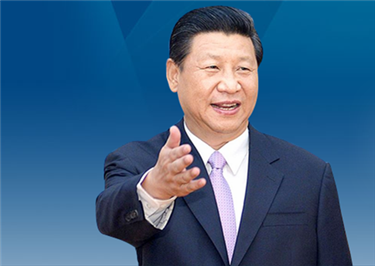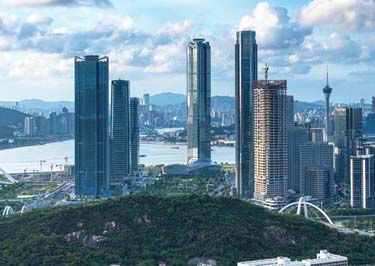Hsü Jun (Hsü Yü-chai, Xu Run)
Hsü Jun (Hsü Yü-chai, Xu Run)
Forerunner of China's National Industry and Commerce
1
In the early 20th century, a business tycoon had reconstructed near Jing'an Temple in Shanghai the extensive private residence "Yü Garden" (Garden of Fool), which gave its name to the lined-with-mansions Yuyuan Road.
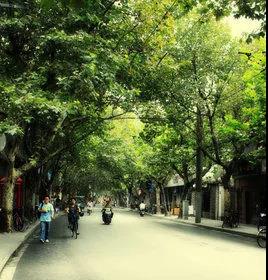
Yuyuan Road [Photo courtesy public WeChat ID: xinjingluopan]
That important person was Hsü Jun, who was born in today's Beiling Village, Zhuhai in 1838. (Beiling community is situated on the south side of Jiuzhou Avenue in the extended area around South Yingbin Road, Gongbei.)
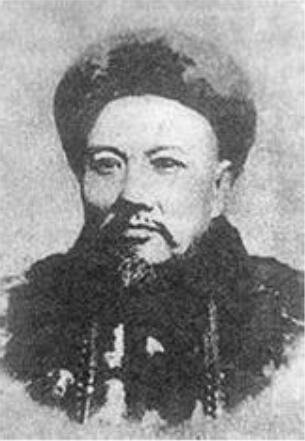
Hsü Jun (Hsü Yü-chai, Xu Run) [File photo]
Zhuhai has its own "Yü Garden" in Beiling where Hsü Jun grew up. Nevertheless, Hsü Jun himself might have never imagined that, in transiting from the Zhuhai Yü Garden to the Shanghai Yü Garden, he would become a prominent figure of modern China.
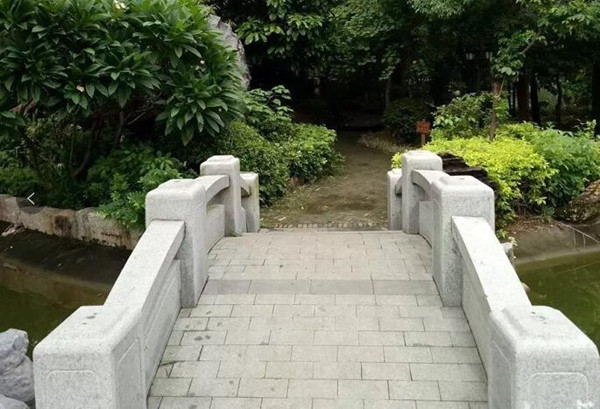
Stone bridge at Beiling's Yü Garden [Photo by Ma Jin]
In the late 19th century, a marginal area emerged along open coastal ports where many Chinese boys, who were fostered under western civilization, became forerunners of industry and commerce.
Among them, Hsü Jun became the biggest tea exporter, largest real estate developer, and founder of the earliest public holding company in China. He also laid groundwork for modern China's shipping industry, founded the country's first insurance company and first mechanized print shop, and co-founded and jointly operated the first massive mechanized coal mine.
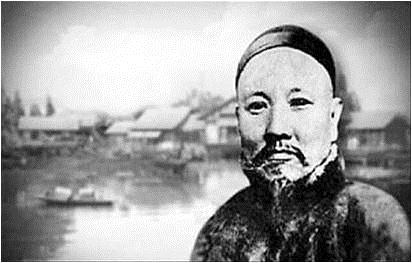
Hsü Jun [File photo]
2
With his father holding a post in the Qing government, Hsü Jun led a rich and peaceful life at Yü Garden in Zhuhai.
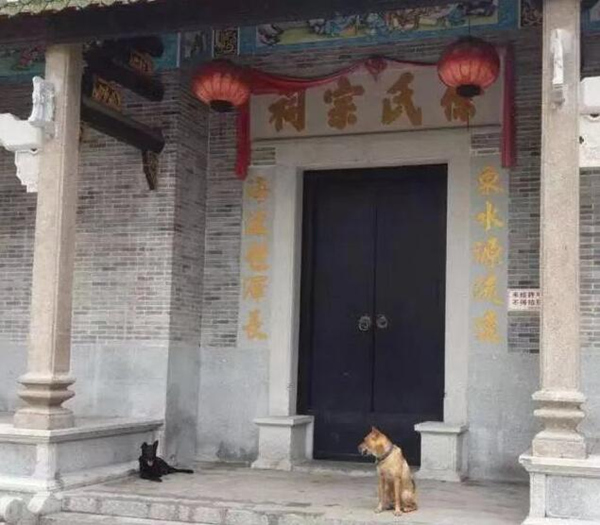
Hsü (Xu) Ancestral Hall at Beiling today [Photo by Ma Jin]
Hsü Jun expected much more than that, however. He left for Shanghai via Macao at age 15 to stay with his uncle, Chung Attai or Chung Atai, who worked as a comprador at Dent, Beale & Co (Dent & Co) then. Attai was the first ever Chinese to attend the Great Exhibition of 1851 at Crystal Palace in London by exhibiting his "YUNGKEE KEENSEON" silk, which was awarded bronze prize medals during the fair. Queen Victoria received Attai and his family at Osborne House, her former palace on the Isle of Wight in August 1851. It is the first Chinese family she has ever met in the history of Great Britain.
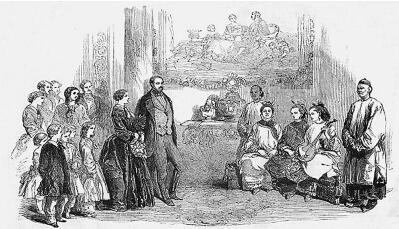
Woodblock printing of Chung Attai's family meeting with Queen Victoria [Photo courtesy china.com.cn]
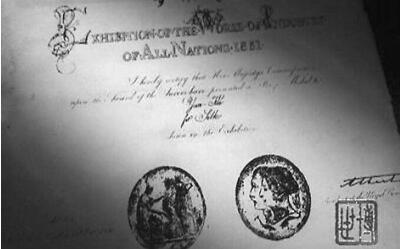
Certificate of award winning during the Great Exhibition of 1851 [Photo courtesy Hsü Yü-chai tzu-hsü nien-p'u (Autobiography of Hsü Jun, 1927)]
Hsü Jun worked at Dent & Co, one of the wealthiest British merchant firms, or Hongs, active in China during the 19th century, for 16 years and was appointed general comprador at age 26. By then, he had been full-fledged due to his high English level and sophisticated international trade experience.
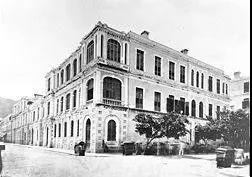
Dent, Beale & Co [File photo]
He opened Bao Yuan Xiang Tea Firm in Shanghai in 1868, exporting to various countries and regions. A tea export record of 134 million kilograms was set in 1886 and maintained until 1986. Shanghai was then the largest port for tea export with shipments accounting for over two-thirds of the national total. Hsü Jun was the largest tea exporter in the city, which crowned him "King of Modern China's Tea Exports."
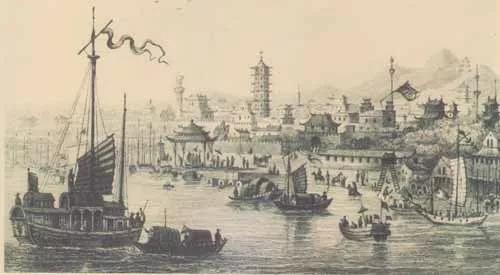
Tea export [Photo courtesy public WeChat ID: xinjingluopan]
3
Shanghai was among the fastest growing cities in the world in the late 19th and early 20th centuries. The real estate industry was most vibrant as foreign countries flooded in to establish settlements.
Having envisioned the potential for development in Shanghai, Hsü Jun purchased 20 hectares of land for 50 western houses and over 2,000 apartments for lease to expatriates. He became the first Chinese "real estate giant" in Shanghai by collecting rents totaling 120,000 taels of silver per year.
Hsü Jun's expertise of dealing with westerners was highly appreciated by Li Hung-chang (Li Hongzhang), viceroy of Chili -- today's Hebei Province, in the Qing Dynasty (1644-1911). In 1873, Hsü Jun was appointed to operate Shanghai-based China Merchants Steam Navigation Co.
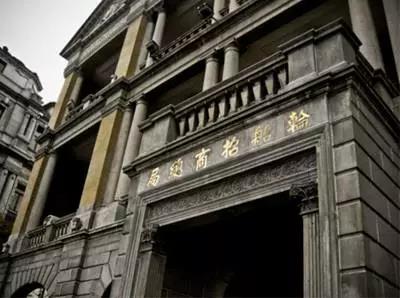
China Merchants Steam Navigation Co [File photo]
As the largest economic entity during the Westernization Movement, for financial reasons the bureau had been converted from a government-run to a mechanism of government supervision and merchant operation. Hsü Jun proliferated equity through financing and merged the American Russell & Co, the largest commercial fleet in East Asia. The merger drove the number of bureaucratically owned ships from four to 26 with tonnage exceeding 4 million, accounting for 36.7 per cent of the total tonnage in China. In addition, the bureau encompassed 21 subsidiary docks and warehouses distributed along the Yangtze River and coastal ports with sea routes reaching Southeast Asia.
Furthermore, Hsü Jun founded Renhe, the first insurance company in China, in 1875 to cover marine liability for both Chinese and foreign ships and cargo. Three years later, he founded Jihe Marine & Fire Insurance -- China's first shareholding business.
Hsü Jun was acclaimed by Li Hung-chang as "a wizard at starting innovative businesses."
4
The "innovative businesses" included China's first mechanized print shop.
He founded Tongwen Shu (同文书局), or Combined Learning Publishing House, the first Chinese-owned and operated modern printing concern, with 12 imported rotary presses and 500 employees.
The clear good editions, covering Zizhi tongjian (Comprehensive Mirror to Aid in Government); Twenty-Four Histories, also known as the Orthodox Histories; and K'ang-hsi (Kang Xi) Dictionary, numbered 200,000, all printed with top-grade photocopy technology. Even the Qing royalty urged Hsü Jun to print A Collection of Books of Ancient & Modern Times, which were published in 1891.
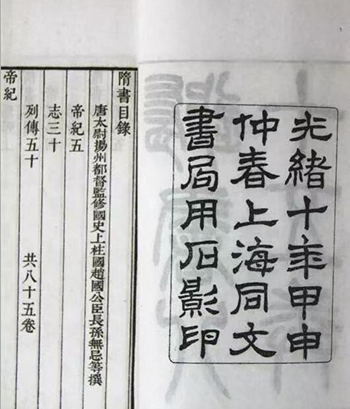
A Collection of Books of Ancient & Modern Times published by Tongwen Shu in the 10th reigning year of Emperor Kuang-hsu (Guangxu) [File photo]
Appointed to help found Kaiping Coal Mine, the first mechanized mine in China, with Tong King-sing (Tang Tingshu), Hsü Jun left Shanghai at age 50.
5
In 1871, Chinese administrator Tseng Kuo-fan (Zeng Guofan) assigned Yung Wing (Rong Hong), the first Chinese to graduate from an American university and forefather of Chinese overseas study, and Hsü Jun to screen out 120 young Chinese boys. The children would study in the United States in four detachments over four years for the to-be-established Chinese Educational Mission (CEM) initiated by Yung Wing. Forty youngsters, one-third of the total, were selected from Hsiang-shan (Xiangshan) County (today's Zhongshan, Zhuhai, and Macao). Nonetheless, when all the students were summoned back in 1881 due to advanced termination of the initiative, they were given a cold shoulder upon arrival home. With Hsü Jun's financial aid and guarantee, they found jobs in government departments and in telegraph, railway, ship, mining, and other modern industries, and soon held unquestionable leading roles in those fields.
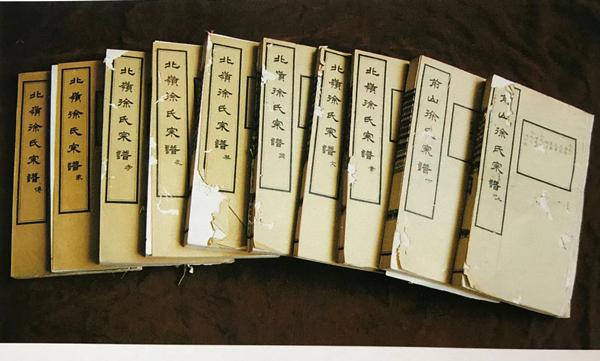
"Hsiang-shan Hsü-shih tsung-p'u" (The History of the Hsü clan in the Hsiang-shan hsien) published by Tongwen Shu [Photo provided by Xiao Yiting]
To honor Hsü Jun's accomplishments, Qing Emperor Kuang-hsu bestowed a stone archway to Hsü Jun in his hometown in Zhuhai; however, it failed to survive over the years.
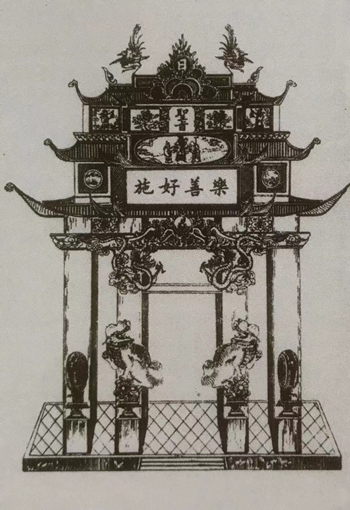
Archway bestowed by Emperor Kuang-hsu published in the "Hsiang-shan Hsü-shih tsung-p'u" (The History of the Hsü clan in the Hsiang-shan hsien)
An elderly Hsü Jun headed the compiling of the "Hsiang-shan Hsü-shih tsung-p'u" (The History of the Hsü clan in the Hsiang-shan hsien) and authored the "Hsü Yü-chai tzu-hsü nien-p'u" (Autobiography of Hsü Jun, 1927). He also assigned people to build village paths, an ancestral hall, and Yü Garden in Zhuhai's Beiling. In addition, he donated heavily to set up a private charity school. He died at age 73 in Shanghai on March 9, 1911, and his coffin was taken back for burial in Beiling.

